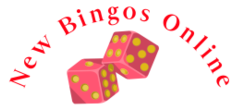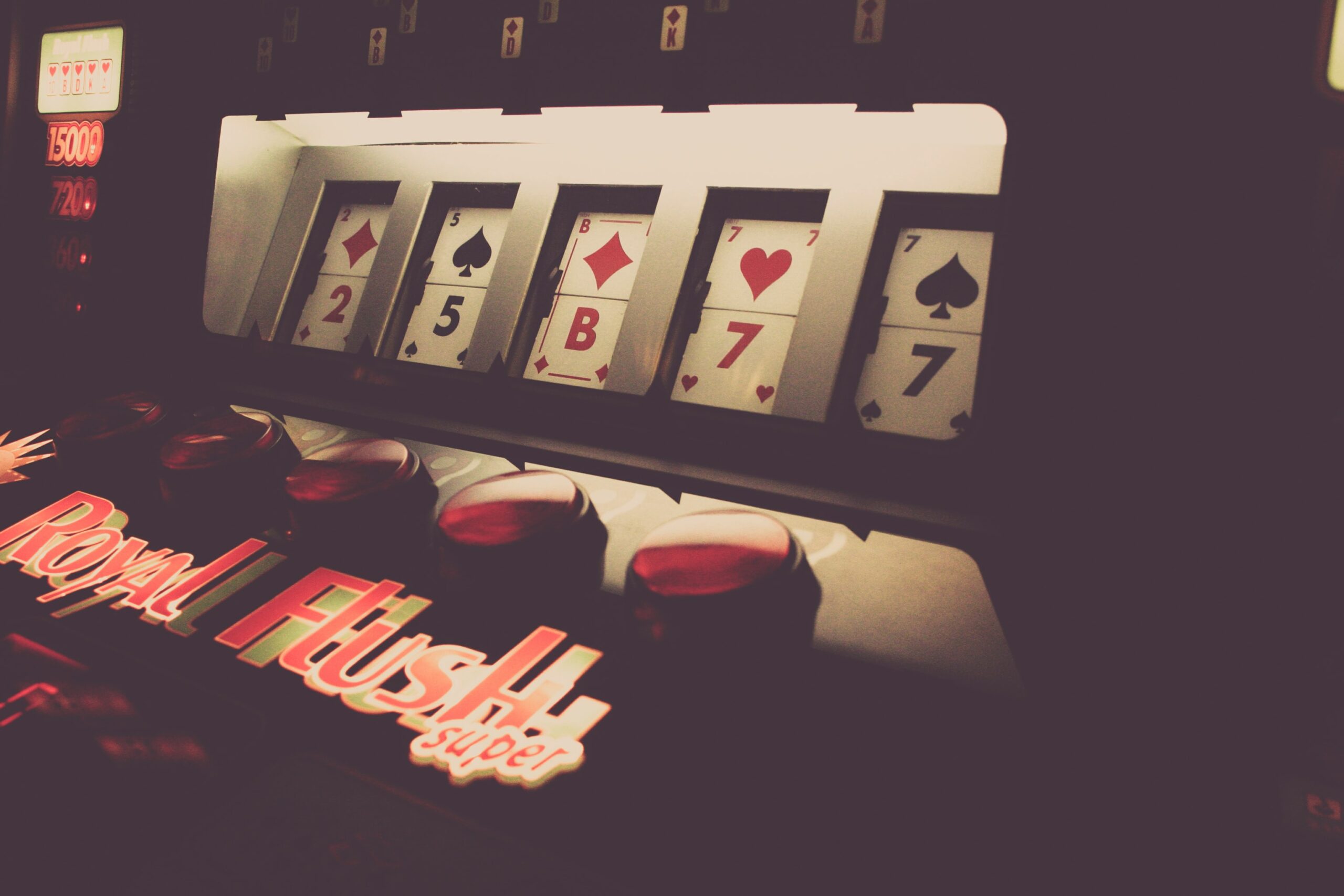HANDS IN POKER
Five of a Kind – This is the best possible hand, and it/choose-from-a-variety-of-casino-games can only happen if at least one of the cards is wild, like a joker. Four tens and a wild card, or two queens and three wild cards, are examples of five of a kind.
Straight Flush – When only the regular pack is utilised and no wildcards are played, this is the best possible hand. Five consecutive cards of the same suit, such as 10, 9, 8, 7, 6, or hearts, make up a straight flush.
The next highest hand is four of a kind. Four aces or four threes are two examples.
Full House – A full house is made up of three cards of one rank and two cards of another rank, such as three 8s and two 4s.
A flush is five cards of the same suit that are not all in the same order. Q, 10, 7, 6, and 2 of clubs are an example.
A straight is five consecutive cards that are not all of the same suit. 9 is an example, as is 8 is an example, 7 is an example, 6 is an example, and 5 is an example of a number.
Three of a Kind – This hand consists of three cards of the same rank and two cards of different ranks, such as three jacks, a seven, and a four.
Two Pairs – This hand has a pair of one rank and another pair of another rank, as well as a fifth card of a different rank, such as Q, Q, 7, 7, 4, and so on.
One Pair – This frequent combination has only one pair, with the remaining three cards being of various ranks. 10, 10, K, 4, 3 is an example.
No Pair – This common hand has the word “nothing” in it. None of the five cards are in any way a pair, nor are they all of the same suit or rank. If no one has a pair, hands are rated according to the highest card in each hand, with an ace-high hand being better than a king-high hand, and so on.
THE GAME’S OBJECTIVE
Players take turns betting before and after each card is revealed. All players must have the same number of chips in the pot to stay in the hand and see the next card.
The pot is won by the best poker hand.
THE CONTRACT
Each participant is assigned two cards solely for the sake of their eyes.
The dealer distributes five cards – three at a time, then another, then another – to each player, who can utilise them to construct the greatest five-card hand possible.
THE WORK
Each player in Hold’em is given two secret cards (known as “hole cards”) that are unique to them. The ‘board’ is made up of five community cards that are dealt face up. To build their finest potential five-card poker hand, all participants in the game employ these shared community cards in combination with their individual hole cards. In Hold’em, a player can create the best possible five-card poker hand utilising any combination of the seven available cards, including zero, one, or two of his personal hole cards.
The draperies
A marking known as ‘the button’ or ‘the dealer button’ in Hold’em denotes which player is the current game’s dealer. Prior to the start of the game, the player must place the “small blind,” the first necessary stake, clockwise from the button. The “large blind,” which is normally twice the size of the small blind, is posted by the player directly clockwise from the small blind. However, the blinds may change based on the bets and the betting structure being used.
The big blind in limit games is the same as the small bet, while the small blind is normally half of the big blind, but can be larger depending on the stake. In a $2/$4 Limit game, for example, the small blind is $1 and the big blind is $2. The small blind in a $15/$30 limit game is $10, and the big blind is $15.
The size of the blinds in Pot Limit and No Limit games is referred to as the game (for example, a $1/$2 Hold’em game has a $1 small blind and a $2 big blind).
Each player may also be required to place a ‘ante’ (another sort of forced wager, usually smaller than either blind, placed by all players at the table) into the pot, depending on the particular structure of the game.
Each player is now dealt two hole cards. Starting with the player ‘under the gun,’ the betting action moves clockwise around the table (immediately clockwise from the big blind).
Players’ Betting Options
Fold, check, bet, call, or raise are the options in Hold’em, as they are in other types of poker. The specific possibilities offered are determined by the previous players’ actions. If no one has yet bet, a player has the option to check (refuse to gamble but keep their cards) or to bet. Following a player’s wager, other players can fold, call, or raise. The amount wagered by the previous player is equal to the amount called. Raising means not just matching but also raising the preceding bet.
Each player now has the opportunity to play his or her hand by calling or raising the big blind after seeing his or her hole cards. The action begins to the left of the large blind, which is currently considered a ‘live’ stake. That player can choose to fold, call, or raise the pot. If the huge blind is $2, for example, it will cost $2 to call and at least $4 to raise. The action then moves around the table in a clockwise direction.
Each round of betting continues until all active players (those who have not yet folded) have placed equal bets in the pot.
The failure
On the board, three cards are now dealt face up. This is referred to as “the flip.” The three cards on the flop in Hold’em are community cards, which are available to all remaining players in the hand. The active player is the first to bet on the flop, clockwise from the button. The betting possibilities are similar to those available before the flop, except if no one has placed a bet, players can check and pass the action clockwise to the next active player.
The surprise
The ‘turn’ is dealt facing up on the board after the betting action for the flop round is concluded. In Hold’em, the turn is the fourth community card (also known as “Fourth Street”). A new round of betting begins, this time starting with the active player and working clockwise from the button.
The river runs through it.
The ‘river,’ or ‘Fifth Street,’ is dealt face up on the board after the betting action for the turn round is concluded. In a Hold’em game, the river is the fifth and final communal card. The active player immediately clockwise from the button initiates the re-bet, and the same betting rules apply as before the flop and turn, as detailed above.
The conflict
If there are more than one player left after the last betting round, the last person to bet or raise shows their cards first, unless the last round had no betting, in which case the player immediately clockwise from the button shows his cards first. The pot is won by the player who has the best five-card poker hand. When two players have similar hands, the pot is split evenly between them. According to Hold’em regulations, all suits are equal.
A new Hold’em hand is ready to be played after the pot is awarded. The button is now passed clockwise to the next player, blinds and antes are re-posted, and each player is dealt new hands.

